Greg Corrado, Principal Scientist, who specialises in artificial intelligence at Google, wants to cool down the hype around AI. In his talk at Sitra’s breakfast event on 31 May 2018, the veteran researcher suggested that, in spite of its significant potential, AI is overpublicised (article in Finnish) and the expectations for its use are still too high.
Corrado began by addressing certain misconceptions and clarifying some key concepts. Artificial intelligence is an umbrella term that refers to machines having the ability to respond to situations in a manner that resembles human intelligence. One of its subfields is machine learning, which refers to machines learning from repetition without being explicitly programmed. The rise of AI is enabled not only by new and more efficient computing capacity, but also by open source tools and creative solutions produced by software developers.
So how can AI be put to use in healthcare? To date, AI has not transformed healthcare by extracting patterns from big data or solving difficult cases. The current use of AI in healthcare mainly involves making data-driven forecasts, speeding up daily routines and detecting models and patterns as well as deviations from them. AI is an excellent tool for the kinds of tasks based on correlation, but it is much less effective when it comes to tasks involving causality – at least for the time being.
According to Corrado, one of the first areas of healthcare where AI is highly likely to have useful applications is diagnostics. For example, AI can be used to detect differences in the retina of a diabetes patient and a healthy individual, and deep learning will make it possible to use retinal images in the diagnosis of cardiovascular disease in a few years’ time.
The current uses of AI in healthcare are mainly limited to detecting patterns and deviations and creating data-driven forecasts.
The next most likely area of application is care management. AI can be used to access and combine patient data from many different sources, such as hospitals and healthcare systems. According to Corrado, the use of multiple sources and signals makes it possible to produce more accurate forecasts at an increasingly early stage.
Personalised medicine is a third area of application, but Corrado expects it is much further down the road. In charting the individual differences that influence the risk of illness and the potential treatment options, the concern is that people will become merely data rather than individuals who need to be cared for. In the discussion between Corrado and the audience, it was suggested that the customer’s personal views could be incorporated into AI-driven diagnostic processes as long as they are converted into a storable and readable form.
Ultimately, AI is merely a tool whose effectiveness is determined by how we use it. To work well, algorithms and models require highly competent people to create them, followed by huge amounts of high-quality data (in the case of machine learning, high-quality learning data complemented by the correct inferences). For example, Sitra’s Cardio Compass project (news in Finnish) and Care gap analysis have already harnessed data to help people.
In IHAN® projects, Sitra is building an ecosystem for a human-driven data economy, which will be piloted in projects related to well-being and health, for example. In the data economy, AI is needed as a tool for the real-time analysis of very large amounts of data, which in turn supports the development of new services to benefit people at the individual level.
#IHAN

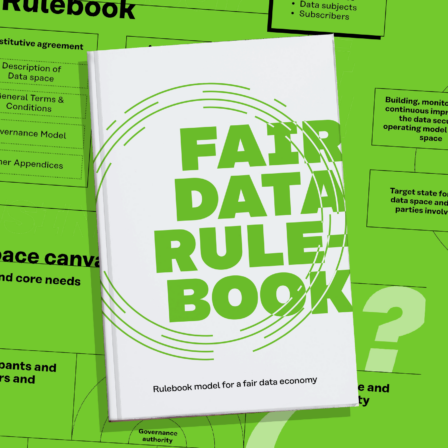
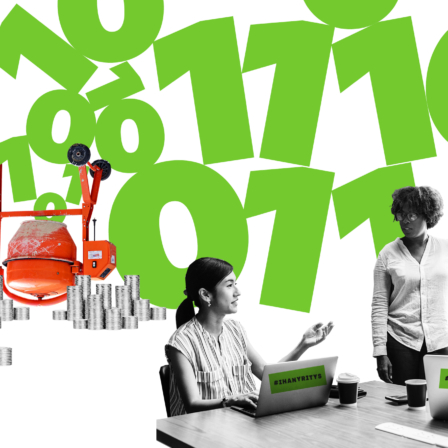

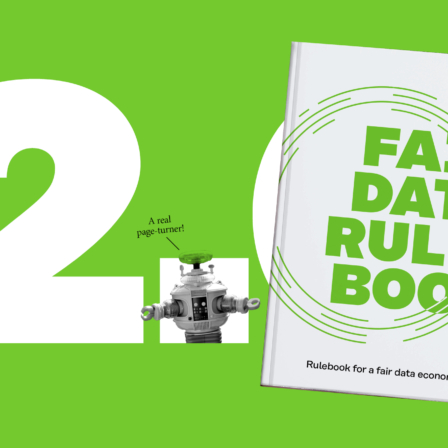

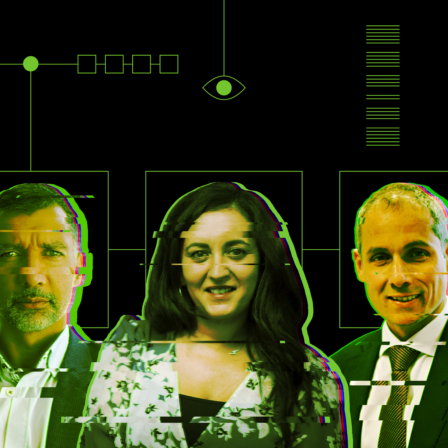
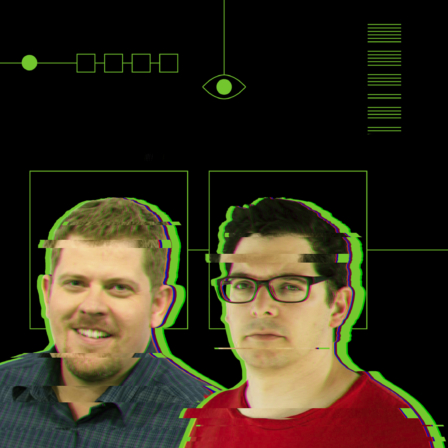
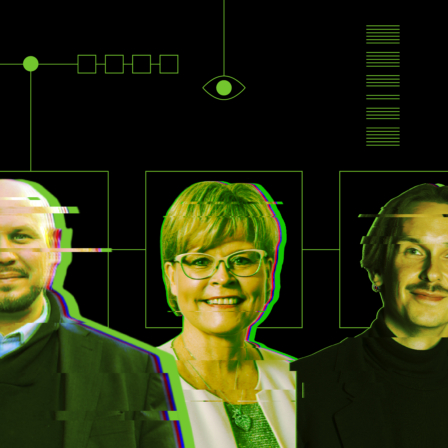
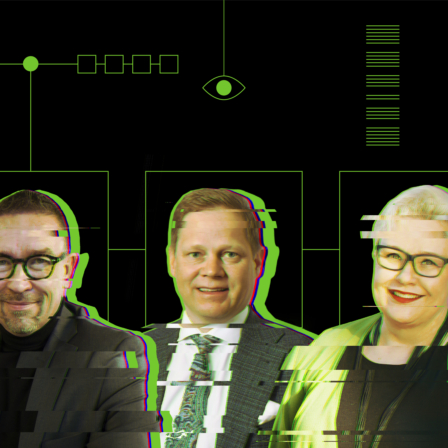
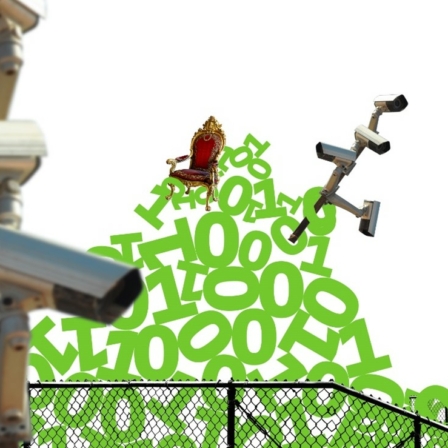




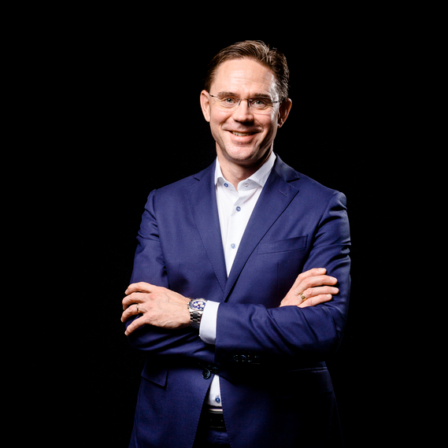

Recommended
Have some more.